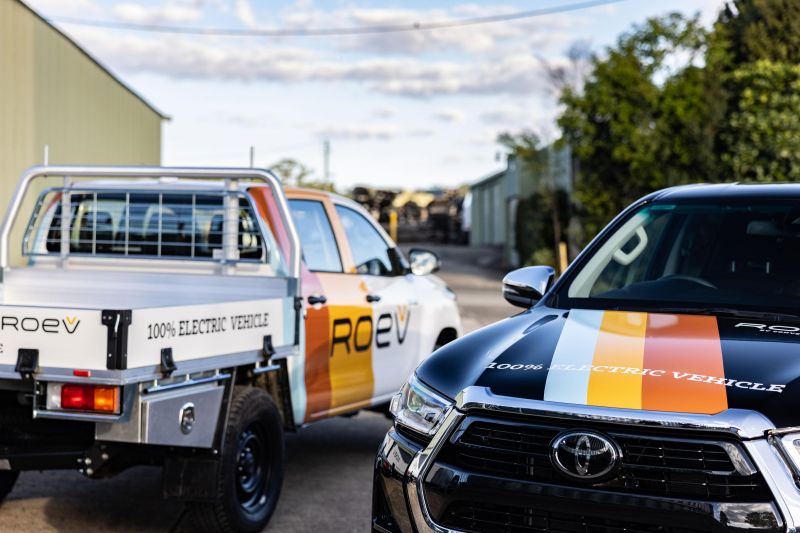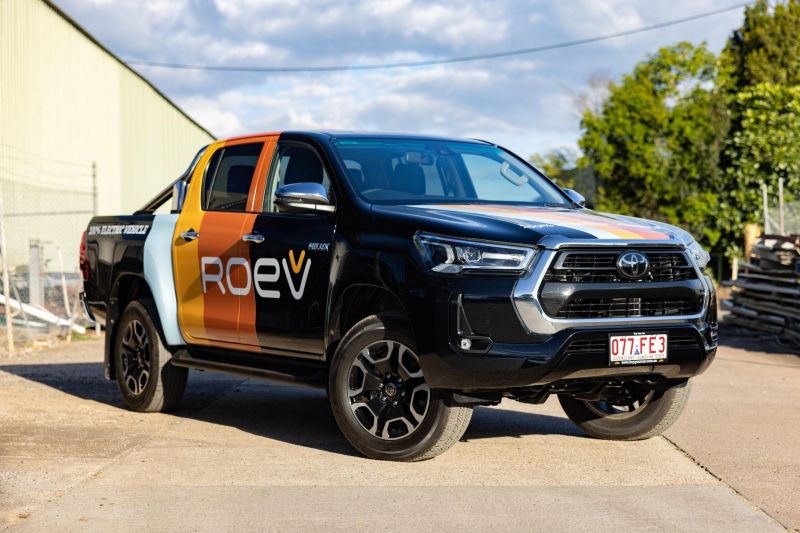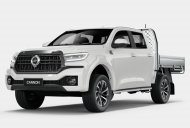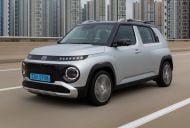An ambitious plan to create an electric Toyota HiLux in Australia has floundered through a lack of funding.
ROEV, an electric vehicle and software startup, has been forced to cancel its HiLux plan after working on the project for more than two years.
It had been holding solid orders for its HiLux, including strong interest from mining companies, but was unable to raise the $5 million to move into full-scale production.
ROEV is now pivoting into software development to monetise the programs it created to help its potential HiLux buyers with their fleet management.
“There truly is massive demand for an electric ute. It is unbelievable,” the CEO of ROEV, Noah Wasmer, told CarExpert.
“We proved that, and that’s really good. We also drew a lot of attention to the idea of re-using vehicles.
“At some point we really do believe there will be a low-cost, efficient, safe way to convert these cars. I like to think we had a small hand in pushing some of the solutions into the market.”
ROEV had been investigating a potential production site in Melbourne but ran out of time and money.
“At the end we were looking for about $5 million. That’s what was left to finish the program,” he said.
“We found pretty good traction… but you still need a significant amount of private funding to build the vehicle.”
Despite the failure of the HiLux plan, including some job losses on the HiLux project and a change of the company’s location from Queensland to Sydney, Mr Wasmer said there’s still enthusiasm at ROEV.
“We’re optimistic. We really would have liked to get the project done, but we take the positives from it and we’re getting our mission done.”
ROEV built a pair of HiLux prototypes and did four other electric-vehicle conversions during its development phase but its biggest success was in software development.
Its tools identified opportunities for CO2 reduction and electrification, as well as insights into infrastructure requirements and energy management.
It can even identify the right type of vehicles for individual needs, from petrol passenger cars to heavy diesel trucks.
“When we worked with customers early on, we found they had a lack of data about what their fleet consumed. We built a number of tools including an AI engine to give them a range of information,” he said.
“There was surprise and delight from customers. We’re kind of agnostic. We were looking for the best solutions.
“Ultimately we want to prove you can reduce emissions and save costs. That’s the whole goal.”









